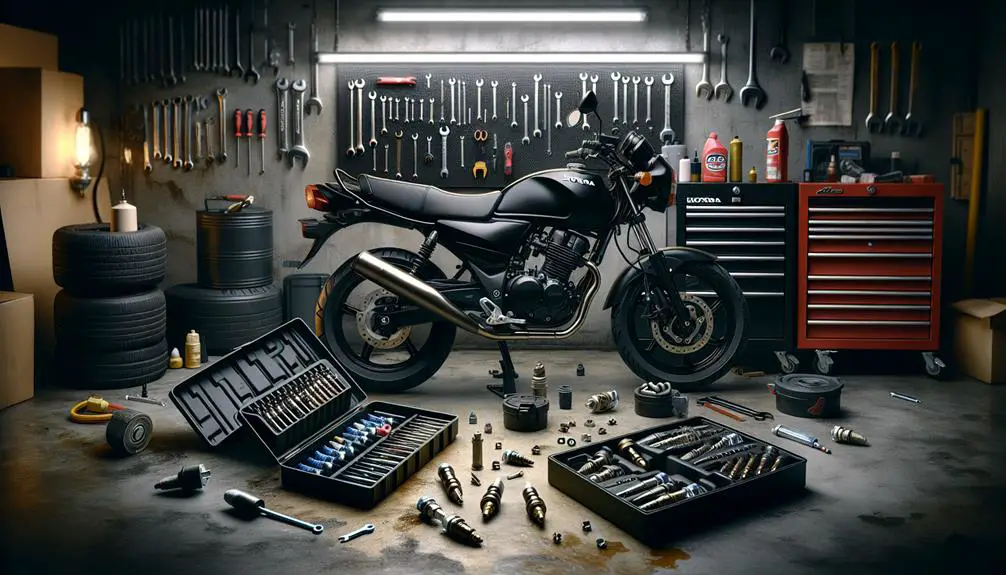Your Honda F6B may look great and ride fast, but it’s got some problems too. Some riders have trouble with the transmission getting stuck between gears, or the clutch acting up when they speed up.
The rear brake rotors can also wear out quickly, needing lots of repairs. There’s even been a recall for the rear master cylinder, and some people worry about the frame from its Gold Wing roots.
Let’s look at what other owners have experienced and figure out how to keep your F6B running smoothly.
5 Honda F6b Problems
1. Transmission Problems
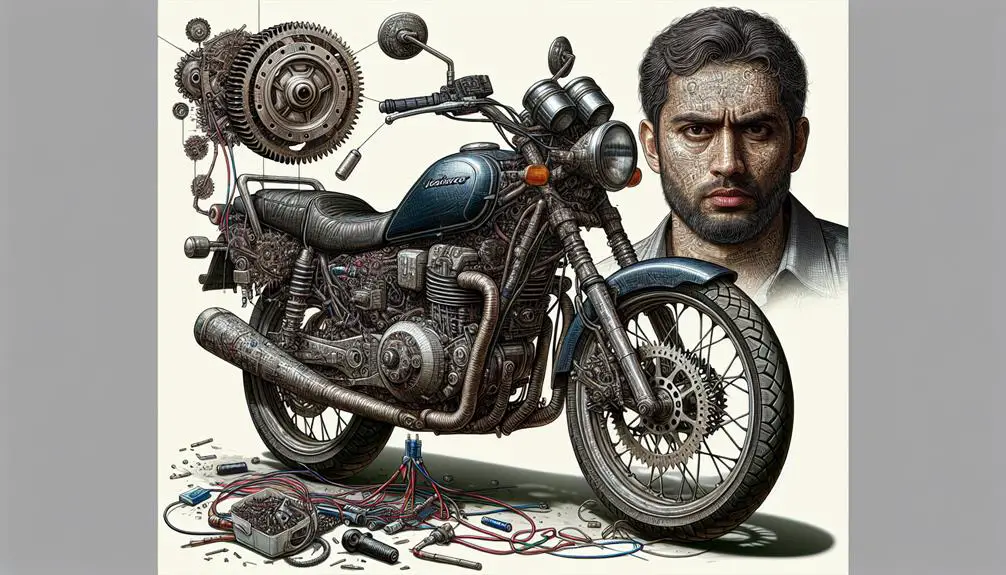
Many Honda F6B riders have had problems with their bike’s transmission. Some say their bikes get stuck in a gear or won’t shift when they want them to. This can be really frustrating, especially when you’re riding. These issues can mean there’s a bigger problem with the bike that needs to be fixed.
You might’ve noticed that your bike doesn’t want to shift gears, makes a grinding noise, or doesn’t make any noise at all when you try to change gears. These problems can lead to not being able to shift at all, leaving you stuck in one gear.
The problem is usually caused by worn-out gears or a bad shift linkage in the transmission system, but electrical issues could also be a factor. These problems can really affect how well your bike performs. It might feel like it’s not as powerful or responsive as it should be, making your rides less enjoyable and even risky.
People who own F6Bs have talked about how much it costs to fix these issues and how they’d to spend a lot of time without their bikes while they were being repaired.
If you’re noticing anything strange with your bike’s transmission, it’s a good idea to get it checked out as soon as possible. Your bike’s reliability is important for your safety on the road, so it’s best to address any issues early on.
2. Clutch Problems
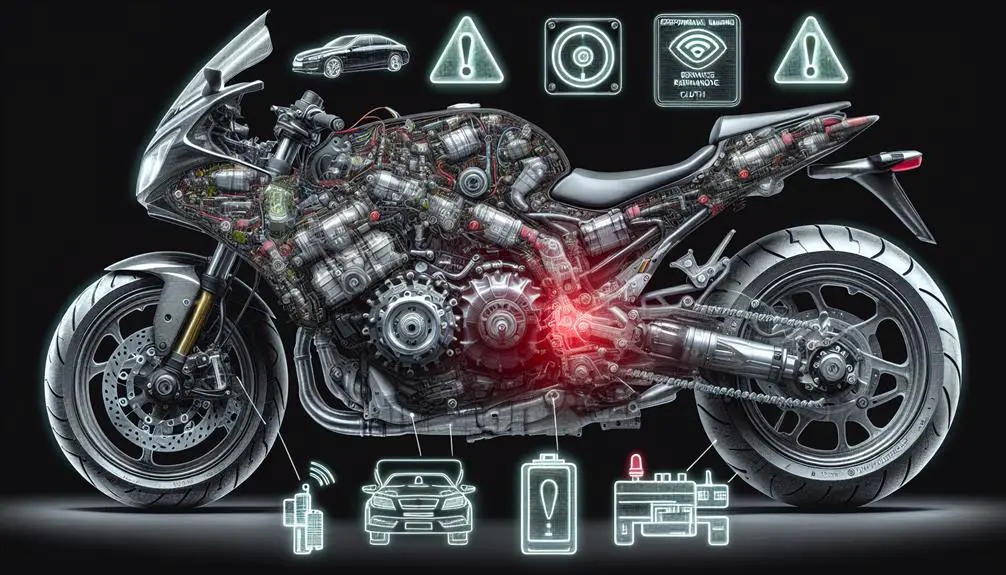
If you’re pushing your Honda F6B hard and you notice that the clutch is slipping instead of gripping, it’s a sign of a problem you can’t ignore.
Clutch slippage means that when you rev the engine, instead of transferring that power to the wheels, your clutch fails to grab properly, causing a loss of speed and potential damage to your motorcycle’s gears.
People who’ve the F6B have said that this issue often happens when they try to speed up quickly, and instead of going faster, the bike feels like it’s hesitating or shaking as the clutch struggles to work.
This isn’t just annoying; it can also be dangerous if you need to speed up fast to avoid something in the road.
The problem can come from a worn clutch plate, weak springs, or dirty oil, which makes the clutch plates not grip well.
Electrical issues are less likely to be the cause of clutch problems, but a broken sensor could affect how your bike’s computer manages the clutch system.
You’ll probably notice signs like the engine revving up without the bike going faster, or a burning smell if the clutch is really slipping.
Some riders have talked about having to pay a lot of money for repairs and new parts because of ongoing clutch issues.
To stop more damage, it’s important to fix clutch slippage as soon as you notice it. Doing regular checks and fixing problems quickly will keep your F6B’s clutch working well and make sure you’re always ready to ride.
Remember, ignoring early signs of clutch problems can lead to bigger and more expensive issues later on.
3. Rear Brake Rotor Warping
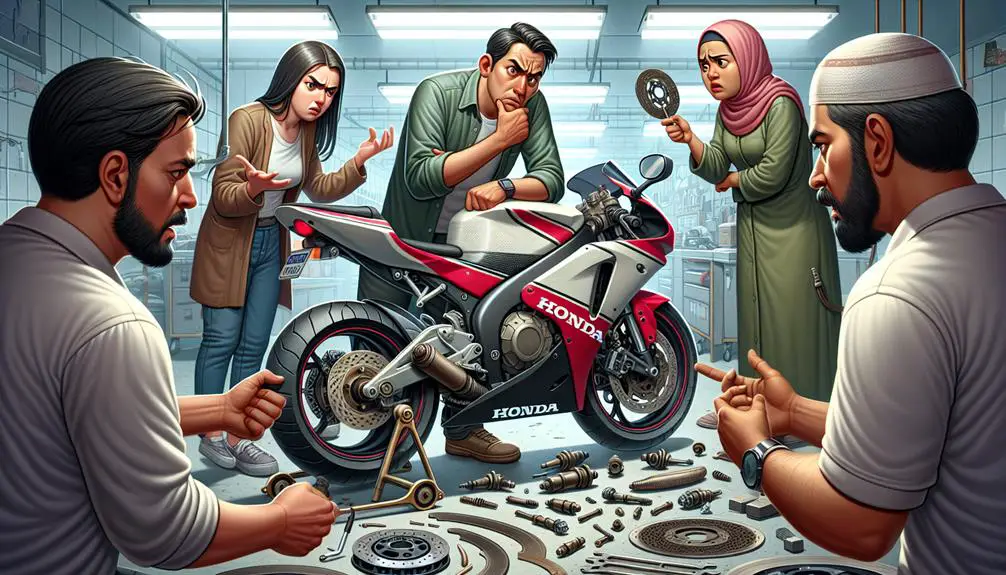
The back brake rotor on the F6B can have a problem where it gets warped every 1600 miles. This means it needs to be replaced often, which can cost a lot of money and also make riding unsafe.
You can tell if this is happening if you feel vibrations in the brake pedal, the brake lever pulsates, or the bike wobbles when you brake.
Many other F6B owners have the same issue and talk about it on online forums. It’s not just about how you ride – even careful riders can have this problem.
Mechanically, the issue is simple – heat makes the metal expand and the rotor gets a weird shape. Some people think it’s a problem with how it’s made, others think it’s because of the materials used. Either way, it’s a hassle for riders.
This problem doesn’t really affect the electrical or performance parts of the bike, but it can still make your brakes work badly, which can make riding scary and dangerous.
The main thing is to keep an eye on your back brake rotor and check it regularly. This can help you avoid having to replace it often and, more importantly, keep you safe when you ride.
4. Faulty Rear Master Cylinder
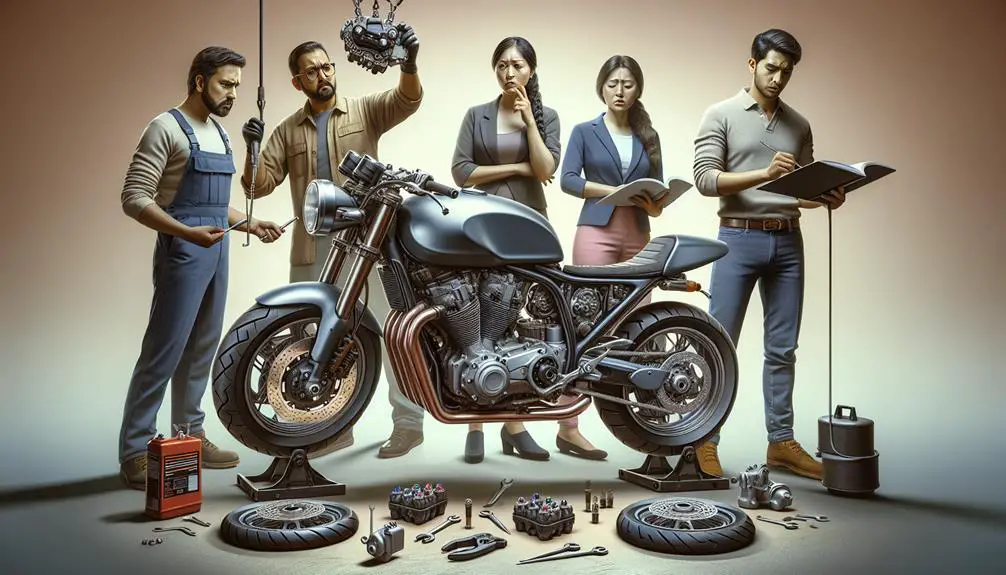
If you own a Honda F6B, you might’ve a problem with the rear brake not working properly. This can make the rear wheel drag or feel very hot. Sometimes, the rear brake stays on even after you let go of the pedal. This can wear out the brake pads, make your bike use more fuel, and even cause a fire.
Honda is fixing this issue with a recall. Before the recall, some people had to keep going back to the shop because of the brake problem.
The faulty rear master cylinder also made the brake pads and rotors wear out faster.
If you haven’t fixed this issue yet, contact your Honda dealer. They’ll repair the problem for free. Don’t ignore the signs of a problem with your rear brake – it’s important for your safety.
5. Frame Issues
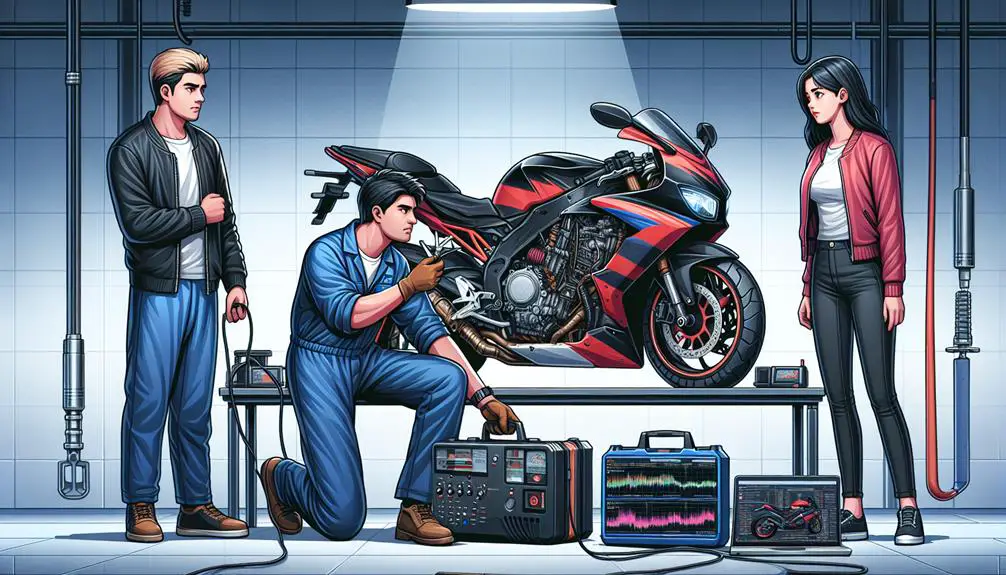
The Honda F6B’s predecessor, the Gold Wing, had some frame problems in the early 2000s due to weak welding, which caused cracking. While the F6B hasn’t had widespread welding issues, it’s important to remember that any motorcycle can develop frame stress over time, especially with heavy use.
Owners have reported different mechanical issues, like difficulty in handling, strange noises, and sometimes visible cracks in the frame, especially in areas under heavy stress or where changes have been made. These could be signs of frame problems.
Electrical problems in the F6B can show up as erratic performance of the instrument panel or lights. Performance issues might be less obvious but can include reduced stability at high speeds or when carrying a passenger or cargo, which could point to a weakened frame.
Some owners have shared stories online about finding small cracks during routine checks or after noticing changes in how the bike handles. These stories show how important it’s to check your bike regularly, especially if it’s an older model.
If you notice anything unusual while riding or during a visual check, it’s smart to have your F6B looked at by a professional.
The frame is the main support of your motorcycle, and its strength is crucial for safe riding. Keep an eye on it and get help if you think there might be a problem.
Wrapping Up
If you have a Honda F6B or are thinking about getting one, there are a few things to watch out for.
The transmission and clutch might give you some trouble, and the rear brake rotor can warp.
Also, keep an eye on recalls, like the one for the rear master cylinder.
The earlier Gold Wing frames had some problems too, so make sure to look for any signs of stress.
But despite these issues, many riders really love how well the F6B performs and how reliable it’s on long rides.
